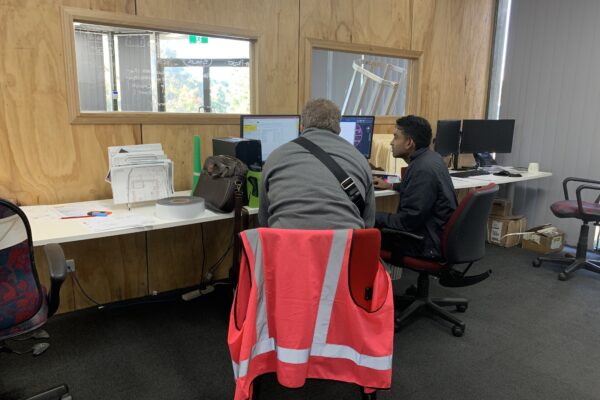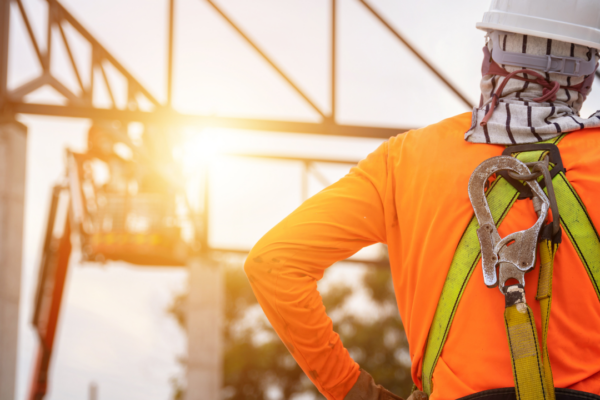Exploring the Hierarchy of Control in Height Safety in Construction

Exploring the Hierarchy of Control in Height Safety in Construction
The construction industry often finds itself grappling with the challenge of working at heights, where the risk of falls and related injuries is significantly heightened. To mitigate these risks, it’s crucial to implement an effective safety strategy rooted in the Hierarchy of Control. This principle offers a systematic approach to identifying, assessing, and controlling hazards. Here, we delve into the Hierarchy of Control, breaking down each level with examples relevant to construction.
1. Elimination
Elimination is the most effective means of hazard control. It involves removing the hazard entirely, thereby negating the risk of an incident. In the context of construction, this could mean designing buildings that minimize the need for work at heights. For instance, installing air conditioning units on the ground rather than on rooftops eliminates the risk associated with working at elevated levels.
2. Substitution
Substitution means replacing something that poses a high risk with a less hazardous option. In construction, this could involve using telescopic manipulation tools for tasks like window installation or maintenance, allowing workers to operate from the ground or a safe platform, significantly reducing the risk of falls.
3. Engineering Controls
Engineering controls involve redesigning equipment or work areas to minimize risks. Examples in construction include:
- Guardrails and Edge Protection: Installing guardrails around the perimeters of roofs and scaffolds provides a physical barrier that prevents falls.
- Safety Nets and Air Bags: Positioned below work areas, these can catch falling workers, greatly reducing the severity of injuries.
- Elevated Work Platforms: These provide a stable surface for workers when working at height, reducing the risk of falls from ladders or scaffolding.
4. Administrative Controls
Administrative controls refer to the implementation of workplace policies, procedures, and training to reduce risk. Examples include:
- Training Programs: Comprehensive training on safe work practices and the proper use of safety equipment.
- Work Scheduling: Planning work at heights for times when fewer workers are present, reducing the risk of accidents.
- Warning Signs and Barricades: To alert workers to potential hazards and restrict access to dangerous areas.
5. Personal Protective Equipment (PPE)
At the bottom of the hierarchy, PPE is the last line of defense against hazards. In construction, this typically includes:
- Safety Harnesses: When working at heights, harnesses are crucial. They should be securely anchored to prevent falls.
- Hard Hats, Safety Glasses, and Gloves protect against head injuries, eye damage, and cuts from materials or tools.
- High-Visibility Clothing: Ensures that workers are easily seen, reducing the risk of being struck by vehicles or equipment.
Implementation Strategy
Implementing the Hierarchy of Control in construction requires a comprehensive approach that begins with a thorough risk assessment. Employers must identify potential hazards associated with working at heights and then systematically apply the hierarchy to mitigate these risks.
- Risk Assessment: Identify and evaluate risks associated with specific tasks.
- Control Selection: Choose the most effective control measures, starting from the top of the hierarchy.
- Training and Communication: Ensure all workers are trained on the risks and the control measures implemented.
- Monitoring and Review: Regularly review control measures to ensure they remain effective and make adjustments as necessary.
Conclusion
The Hierarchy of Control provides a structured framework for managing the risks associated with working at heights in construction. By prioritizing elimination and working down through substitution, engineering controls, administrative actions, and personal protective equipment, construction sites can significantly reduce the incidence and severity of fall-related accidents. Implementing this hierarchy is not just a regulatory requirement; it’s a moral imperative to ensure the safety and well-being of all construction workers.
 Contact Us
Contact Us


